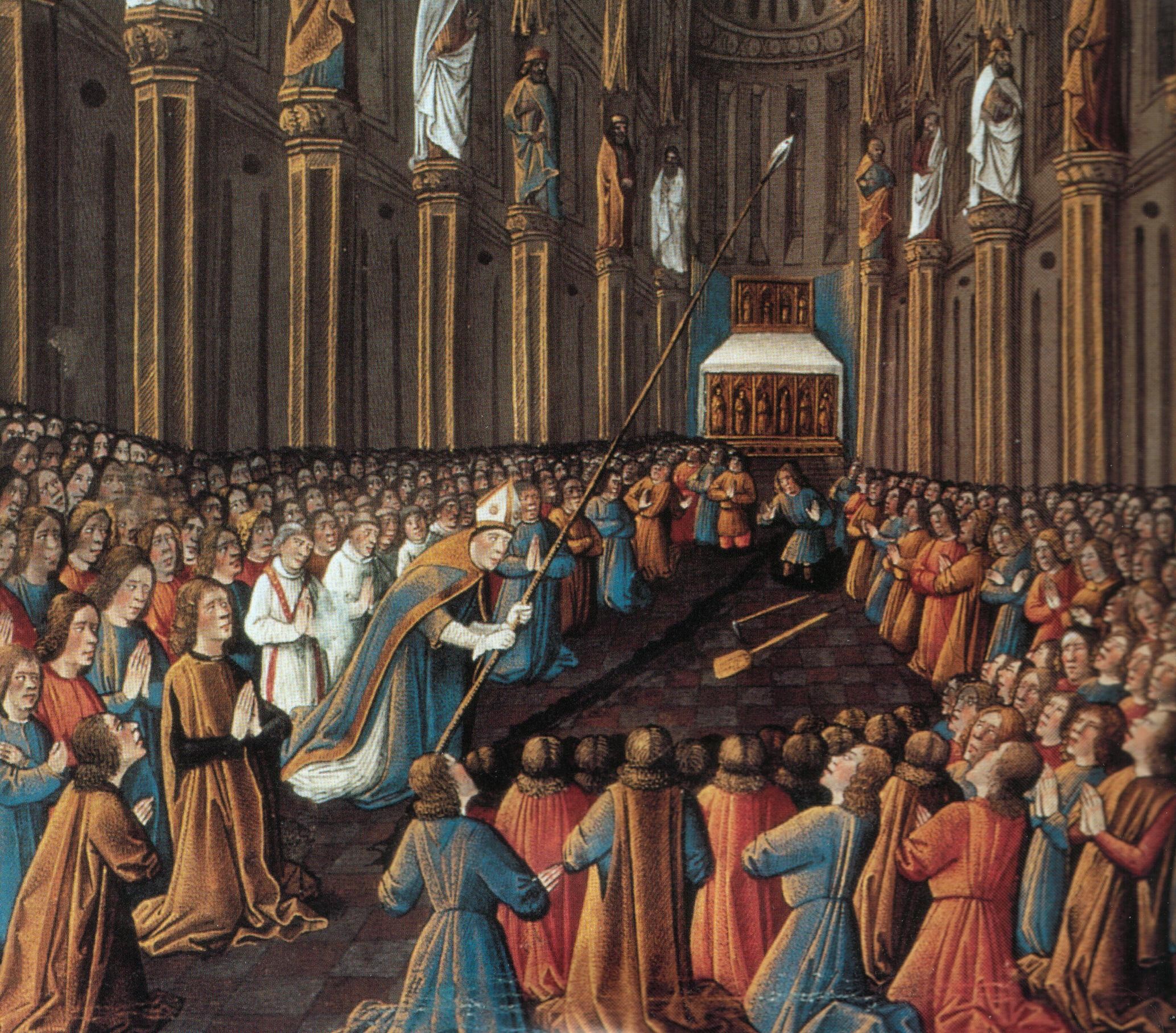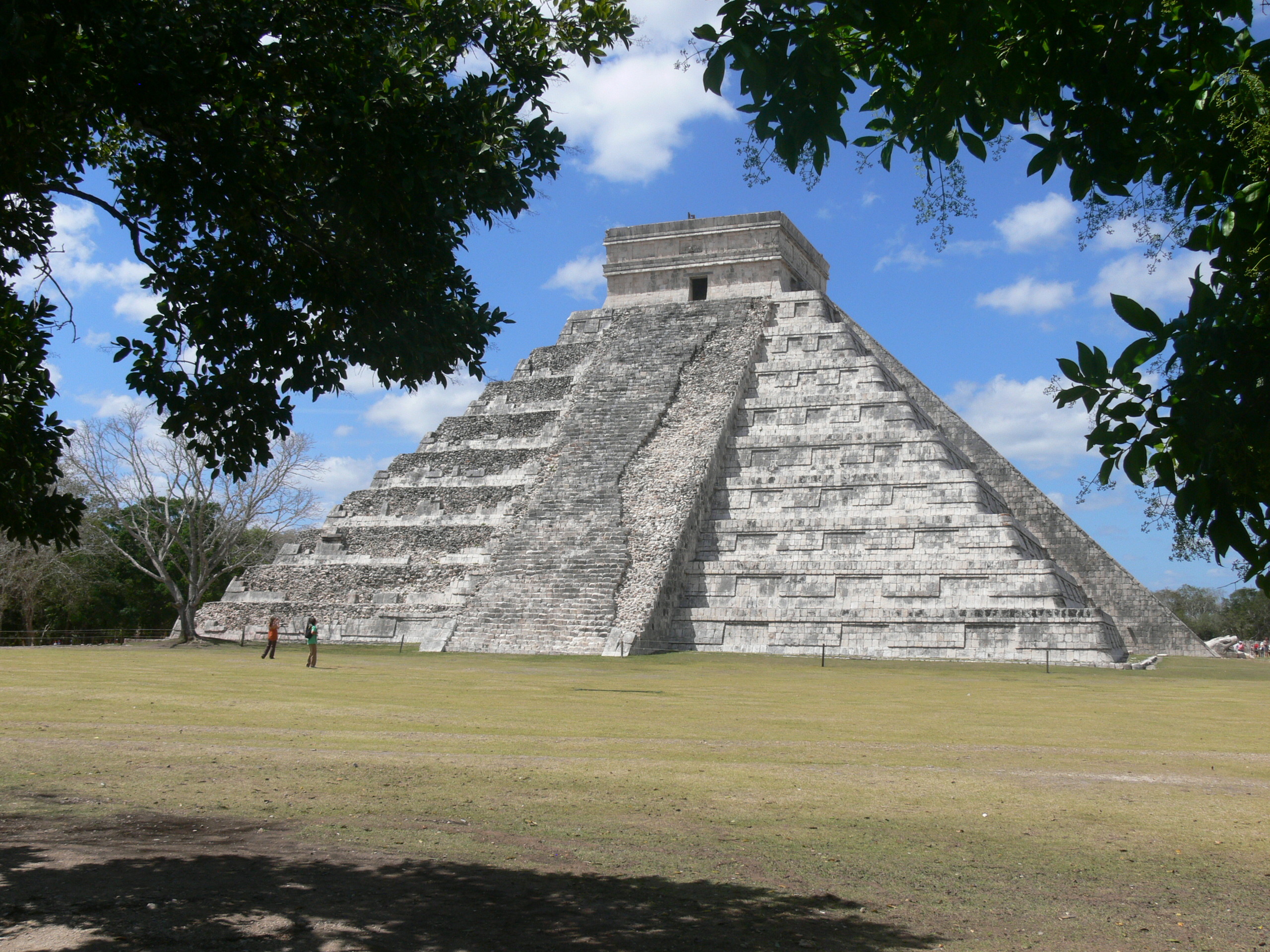 |
| Bam Chao statue in Kashgar Source: wikimedia commons |
"Ban Chao (32-102 CE) (...) was an important general of the early Later Han period (25-220 CE). He was a son of Ban Biao and a younger brother of Ban Gu, both historians that compiled the official dynastic history of the Former Han period (206 BCE-8 CE), the Hanshu. Their family came from Anling (near modern Xianyang, Shaanxi) and moved to the capital Luoyang (...), where they lived as scribes for various state institutions. Ban Chao was a senior scribe of the magistrate of Lantai but he had to leave this post because of some minor offense he committed." Source: ChinaKnowledge.de

,_oil_on_panel,_Sotheby's_sale_L09635,_Oct._29,_2009.jpg/568px-English_school_-_c._1575,_the_Henry_Grace_%C3%A0_Dieu_(The_Great_Harry),_oil_on_panel,_Sotheby's_sale_L09635,_Oct._29,_2009.jpg)

.jpg)
.jpg)








